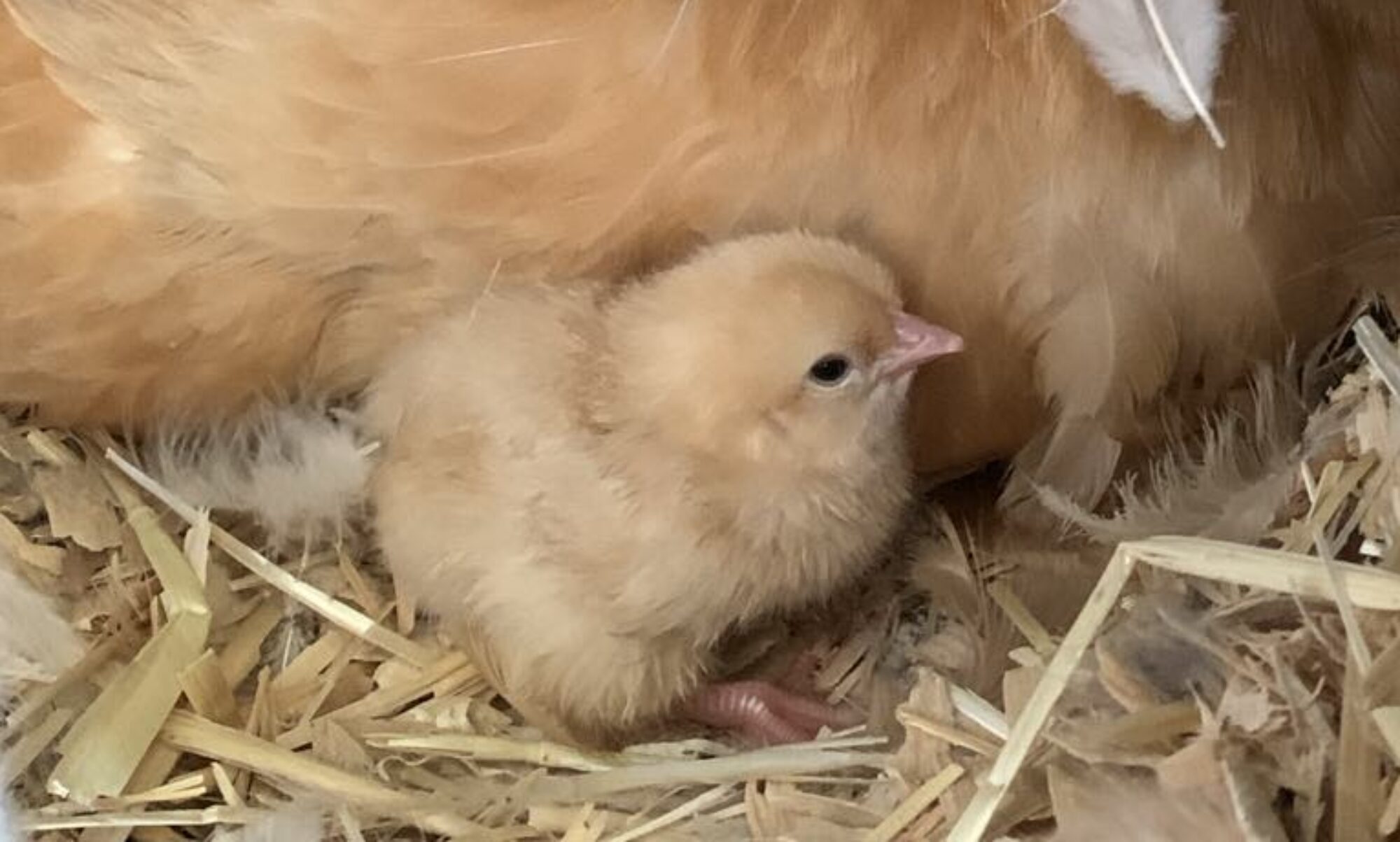Preening is a chicken’s favorite pastime! It’s the method that Mother Nature has given them to not only look their best, but to protect and condition their feathers. A chicken’s feathers are their first line of defense in battling the elements and protecting their bodies. They have several different kinds of feathers, each serving a unique purpose, and they have several layers of feathers which provide insulation and protection against the weather. A chicken also has an oil gland near the base of their tail. If you watch them preen, you will notice the chicken rub their beak at the base of their tail, collecting oils which they will then spread on their feathers. This oil helps with insulation and waterproofing factors as well as aiding in the battle against external parasites.


External parasites such as red mites and scaly leg mites are a real menace to chickens. Mites live off the blood supply of our chickens and not only cause them pain, but can also jeopardize their health and of course egg production. Preening helps to control these pesky critters.

Dust baths seem to be one of the most loved components of preening. Give a chicken some dirt and watch out! When a chicken takes a dust bath, you will see them first scratch to loosen the dirt, then burrow down into the dirt while fluffing out their feathers. They are getting the dirt down to the skin and around the base of the feathers. You will see them lay on their sides, splaying their wings, in some pretty awkward positions, as they fling dirt all over themselves! Then they stand up and shake all that loose dirt creating a scene reminiscent of Pig Pen on Charlie Brown. They might do this several times, inviting others to join in. It seems that dust bathing can be quite a social event.

Preparing an area for your chickens to dust bathe in can be as elaborate or as simplistic as you choose to make it. My chickens selected their own spot out in a sunny corner of their run. It’s a spot that gets good sun for most of the day which is especially important during the winter.

My mom planted a beautiful little elevated flower garden at the edge of her chicken run with some low fencing to protect it from her hens. They navigated the fencing easily and turned this pretty little garden in their spa! They didn’t care too much for the plants, but all that new potting soil and peat moss was great!
I don’t really do a lot to the area my chickens use for dust bathing. I figure they’ve been doing this for a lot longer then I’ve been around. I do add some sand occasionally to help keep the dirt loose. It is also beneficial in the winter, helping to prevent the area from becoming a mucky, slippery mess and it dries out quicker than plain dirt. I do use a natural sand rather than a manufactured play sand. You can supplement with other products such as barn lime, diatomaceous earth, and wood ash. There are pros and cons to each, and sometimes I think we add a lot of unnecessary stuff just to make us chicken owners feel better. I did notice that my free range chickens like to dust bathe in areas around the burn barrel where there is ash, so I add a couple shovels full of ash to my penned up chickens’ dust bath, just for good measure. I don’t cover their dust bath area as my chickens seem to love, love, love the sun! …especially during cooler temperatures. The sand will help to absorb some warmth and on a sunny day I will find my girls all splayed out, soaking up the sun. During warmer times of the year, they dig their burrows a little deeper and get down to some cooler dirt which helps to bring their body temperature down.

When I put some some fresh sand down in their dust bath area, I toss some dried herbs on top. This gives the chickens something a little different to do, hunting and pecking for herbs, after which they scratch around and do a pretty good job of mixing the sand in with the existing dirt. I also have a large tire in the chicken run that I filled with dirt and sand that they occasionally use to bathe in. If the bigger dust bath area gets wet or snowed on, I can freshen this makeshift bath with dry dirt and sand so my birds still have a place to bathe.

Understanding the preening process of chickens a little better has helped me in making the decisions I have about their care. As always, I hope I have made the right decisions. There are lots of good places to go on the web to find articles debating the pros and cons of a dust bath; The Chicken Chick, Backyard Chickens, Fresh Eggs Daily, Your Chickens. The best advise I have is to educate yourself when making decisions regarding your flock.
What has been your experience with your chickens’ dust baths?

